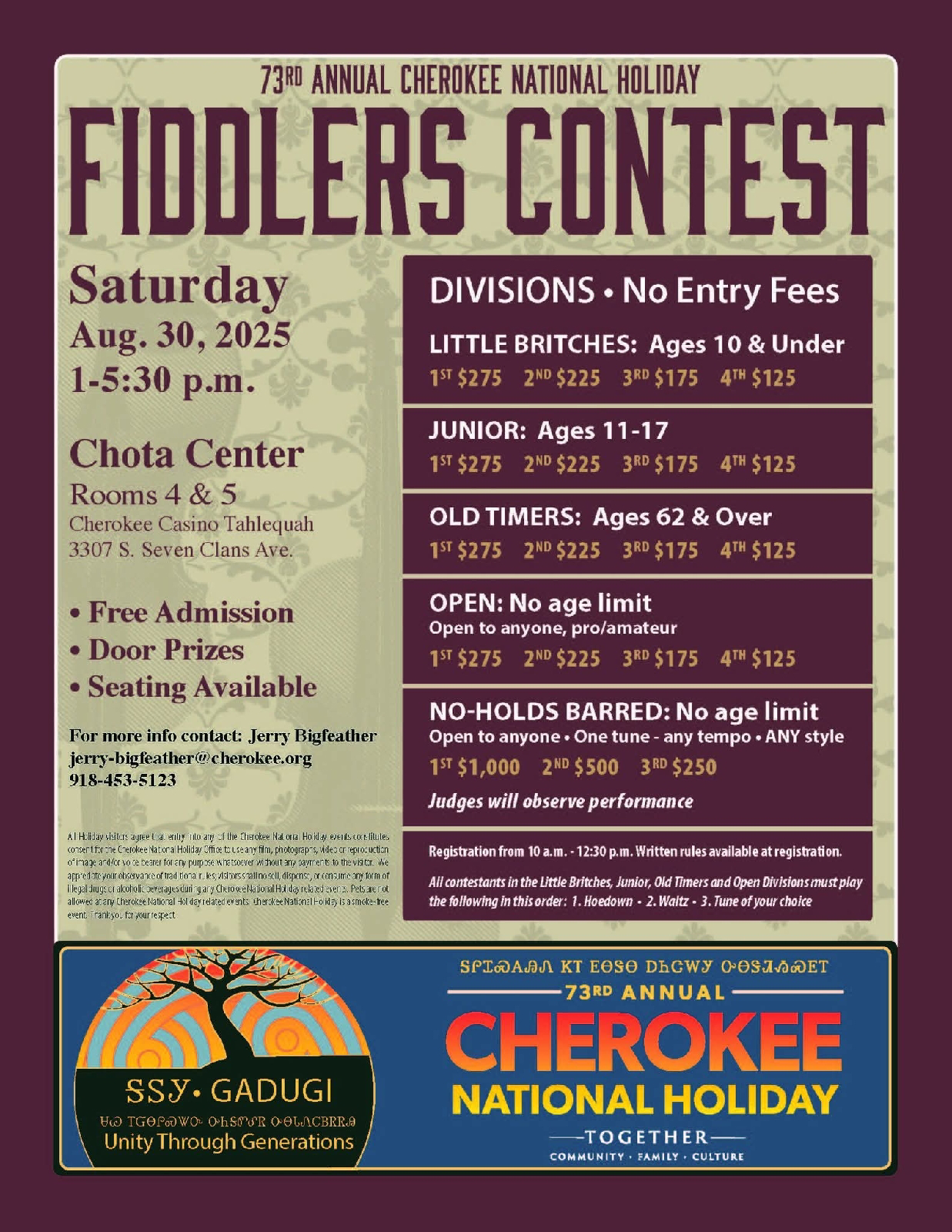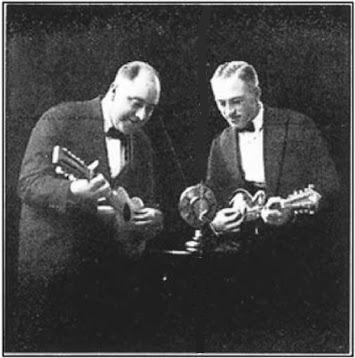Catching up with Jesse Welles ...
I don't do Instagram or TikTok, so I'd been listening to Jesse Welles' songs on YouTube, Facebook and Bandcamp for some months before he made his way to the Stephen Colbert Late Show in November 2025...
He sang one song at the end of the program, "Join ICE," and another on the show's YouTube channel, "RED," for which he put on a red shirt to accompany his red Ovation guitar and the red-white-and-blue flags that served as a backdrop for both songs. I wonder how many Colbert viewers first saw Welles sing RED in a video from September's Farm Aid concert.
As someone whose earliest political education came from Phil Ochs (even via the Chad Mitchell Trio!), Pete Seeger, Utah Phillips and other topical folksingers in the 1960s and '70s, I'm finding Jesse Welles' following on social media -- and his songs -- both encouraging and a nostalgic reminder that singers can make important statements and get people listening, and a few "stars" even keep going to a healthy old age...
Heck, a couple of weeks before the Colbert show he sang both his song "No More Kings" and Bob Dylan's "Don't Think Twice, It's Alright" with Joan Baez at The Fillmore in San Francisco on Nov. 4, all uploaded to Facebook by fans in the audience.
(Also preserved: Jesse leading a sing-along of John Fogerty's "Have You Ever Seen The Rain," with 84-year-old Joan dancing joyfully stage and giving Welles a kiss on the cheek at the end. "The torch has been passed," one of the comments says.)
(Here's a link to "Red" from the Colbert show, since I'm having trouble embedding a third YouTube video on this blog page. Maybe it's time to re-learning how to use the Blogger editing system on my MacBook instead of using the Blogger app on my Android phone.)The other song I've been thinking about enough to go searching for on YouTube and elsewhere is Phil Ochs' warning to performers, "Don't Play the Chords of Fame," as recorded by Phil himself -- once with John Lennon, and by Melanie Safka at Phil's memorial concert in 1976, which I stumbled on online, then wound up spending a nice afternoon listening, remembering, and reading Phil's detailed biography at Wikipedia, among other things.
I'm wishing Jesse Welles the best as he packs for already sold-out European and Australian tour dates over the next two months. I considered rushing to get tickets for his February shows in Asheville and Knoxville, but the ticket prices and three-hour drives discouraged me, and now a week later they're sold-out and wait-listed.
I'm not much of a late-night TV watcher, but Welles apparently made it from his social media presence to the Jimmy Kimmel show last spring. Back in July, someone started a YouTube archive channel for clips going back into the earlier years of Welles' career, separate from the channel where I've been following his more recent incarnation.
As a New Yorker subscriber, I'm still waiting for one of their legendary "profiles" on this guy from Arkansas, but a search of the magazine website found the New Yorker writers already quoting his songs when taking America's cultural temperature -- probably starting a year ago in a piece about the shooting of Brian Thompson, the chief executive officer of UnitedHealthcare, which Welles had written about.
"The standout among the neo-murder balladeers is the topical folk singer Jesse Welles, whose delivery and persona takes John Prine’s craggy empathy and adds a tincture of Brian Jones’s sinister charisma. His “United Health” dispenses with Thompson’s death in record time (“The ingredients you got bake the cake that you get”) and manages a potted history of the titular company inside a single verse (“Way back in seventy and seven / Mister Richard T. Burke started buyin’ H.M.O.s. . .”). It also neatly encapsulates the economic logic of for-profit insurance: “There’s an office in a building and a person in a chair / And you paid for it all though you may be unaware / You paid for the paper, you paid for the phone / You paid for everything they need to deny you what you’re owed.”
... and again in an article titled "Should College Get Harder," back in September.
“There’s a mutually agreed upon mediocrity between the students and the teachers and administrative faculty,” the folk singer Jesse Welles explains, in his song “College.” “You pretend to try, they’ll pretend you earned the grade.” If you want to be a doctor or an engineer, Welles sings, college might be worth it; otherwise, you might “skip the Adderall prescription,” and acquire “a YouTube subscription.”
Manhattanites got to see Welles in person last February or, if they missed that tour, to read about him in The New York Times (Feb.12, 2024; free link):
"Welles, a singer-songwriter with a shaggy, dirty-blond mane and a sandpapery voice, has risen to recent prominence posting videos to social media of himself alone in the woods near his home in northwest Arkansas, performing wryly funny, politically engaged folk songs. He’s managed to turn subjects like the war in Gaza, the rise of the weight-loss drug Ozempic and the rapaciousness of United Healthcare’s business model into viral hits on TikTok and Instagram, building an audience of more than 2 million followers on those platforms."
Personally, rather than join the crowds when he gets back to the U.S.A. for two months of already sold-out shows, I stopped by Bandcamp to buy a record and liked the note posted there that all sales proceeds to the end of the year are going to charity. Now I'm waiting for a songbook... or at least good discussion of a fan's comments that he must be using artificial intelligence to crank out so many good lyrics, which I certainly haven't finished reading online.
Wrapping up, here is a link to an article from last March about his approach to the music business, from all those videos he was posting to the album he released of audio from them.. more than 60 songs at once! The same publication, Saving Country Music, also named him its songwriter of the year for 2024, and ran a thoughtful piece about his politics and support of freedom of speech, and his receiving the Spirit of Americana Free Speech in Music Award at the 2025 Americana Music Awards.
Meanwhile, after he received four Grammy nominations, National Public Radio summarized Welles' approach nicely:
"... often short and satirical tunes, riding on his coarse voice and fingerpicked guitar strings, that respond to the major headlines of the week. They challenge the narratives presented to Americans by governments and corporations; they draw historical parallels and unearth underlying tensions that lead people to blame one another for institutional injustices."
Here's one more thoughtful article that "arrived after deadline," calling Jesse "A Populist for Progressives" ..
And, finally, I just noticed which of Welles' many videos has the most views on YouTube... and, surprise, it's not something he wrote -- and it's not a solo. At 3,259,494 views and rising*, it's an Oct. 31, 2024, backporch (or front porch?) video of John Fogerty's "Have You Ever Seen the Rain?" -- sung by Jesse in the foreground, but swapping verses with Matt Quinn of the band Mt. Joy up on the porch. Quinn has also performed with Welles on stage. (Maybe some of those clicks are from other guitar players trying to figure out Quinn's guitar tuning, which appears to be a fourth low, baritone-style. I've got one of those myself.)
Notes:
Nov. 26 update -- *-the YouTube play statistic on that last clip rose by more than 100 people in the five minutes it took me to add it to this blogpost. Somebody else must be linking to it!
Apologies for the erratic appearance of this page... I've added links at various times using Blogger on a MacBook and with Blogger's Android app -- which caused the YouTube videos to disappear. I'm pretty rusty at this stuff.
Meanwhile, thanks to one viewer for asking if there was a way to subscribe to this blog -- something I haven't investigated adding since changing it from an academic tool to a post-retirement personal bookmark list and diary of my musical interests. If I write in it more often, maybe I'll risk trying to update its layout and incorporate an RSS feed or email subscription widget.








